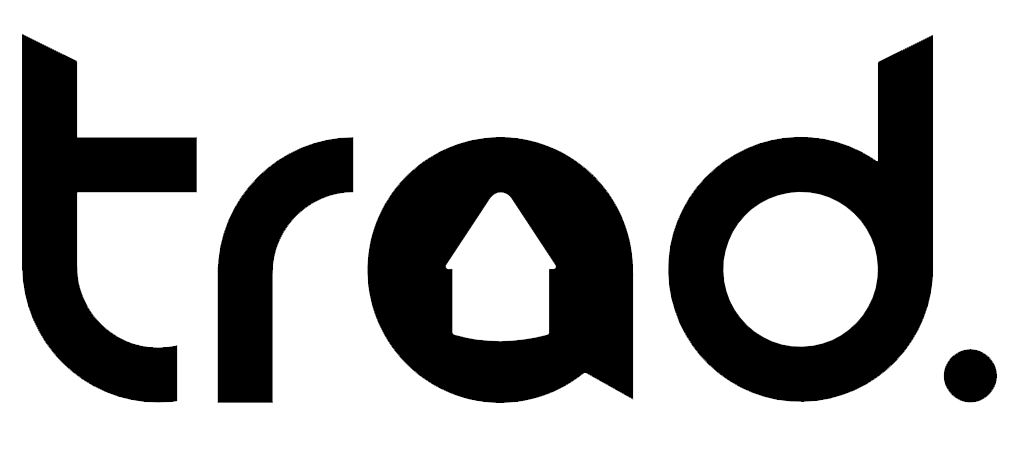What does healing mean? On a physical level, whenever our bodies are hurt and our skin’s barrier is ruptured, red blood cells create collagen needed to rush to the scene and eventually patch up said area. A straightforward way of healing.
There are many things the body can heal from; depending on the scale of the wound, either more or less time is needed to heal. This foundational idea is where many of us build our understanding of healing. This is where I built mine. You are hurt and you heal, often in a very linear fashion. But how do you heal a wound that is not physical? What does that type of healing even look like?
Wounds are both physical and non-physical. Communities and societies can be wounded. Nuclear bombs, wars, colonization, genocides, death of a political leader, can all cause injuries that last generations. South Africa and the Caribbean are examples of a large-scale rupture and healing in action. Apartheid destroyed the lives of so many, and its scars remain today. Caribbean nations were founded on agony and separation, the effects of which still show up in many forms. Both regions highlight both pain and progress. Both regions show us the importance of time in relation to healing.
As the apartheid system was dismantled the question of ‘justice’ and the right course of action would be considered. History shows that a more restorative approach was taken. To this day South Africa is not perfect, the pain and trauma inflicted over years still have a ways to go before any of it is completely ‘healed’ but we have seen improvements in the nation. Steps have been taken to move towards healing and there are many testaments to those efforts. To be healed ‘fully’ may be a naïve ideology to hold, as what one might think healed looks like can be vastly different from what it may manifest as.
We see this with Caribbean nations as they have wounds that are long-lasting but have ‘healed’ in a way that is joyous and celebratory. Carnivals are a symbolic and literal cathartic way Caribbean nations heal and grow. Rooted in pain and connection to a past, Carnivals show that healing takes on various forms. Spending time to remember a past while incorporating and moulding your truth showcases the path of growth does not have to be painful.
Rituals and activities make growth almost mindless at times. There is no need to think, just do, simply be in the moment and leave everything that has been weighing on you, or in you, at that moment. With Carnival, outside of the planning for various events, the need to just experience and be in the moment allows for space to just be. In South Africa, many of the initiatives that took place after the abolishment of the apartheid allowed groups to speak their truth. To just be and be true to themselves. Open up your heart, your pain, your joy. Sit in it, then move forward.
Whether individual or collective, physical or non-physical, we can fall numb to our wounds. Wounds don’t necessarily have to be painful all the time to be there. It can be something that we experience together or something we can’t quite put our finger on. Time is the main ingredient to any sort of healing, time to address the wounds, time to move on from them, or time to notice that they are there in the first place. The Caribbean has had time to embrace past afflictions and sculpt it into their identity, flip the pain to party, and allow for room to still reflect and remember. South Africans wounds are fresher; however, healing is on its own timeline and we have seen a lot of progress within the nation. Still, work is underway to mould the scars into a story/identity that acknowledges the past but allows for movement into the future.
It is in us to heal but to heal is not a straight and narrow destination. It takes time to have the understanding of a nonlinear healing process resonate within us, but when it does it makes it easier to approach.
Time is the main component to healing and becoming resilient in the face of adversity. Time also forces us to deal with situations where we were hurt, and time provides us with the chance to reflect and move forward piece by piece. While wounds can bring out negative reminders or experiences, they unlock a new dimension of our humanity.
Pain is often viewed as negative and it typically is, yet there are times when it is useful to approach pain from a different perspective. Pain can be a source of knowledge. Some say, the deeper your pain, the higher your joy. On a macro level, it can lead to solutions to ensure that others do not experience mass atrocities like war or genocide, or that those who face similar situations can avoid certain instances of pain.
We all have experienced wounds in many forms, not all wounds are the same and not all wounds have the same effects. How we figure out the degree to which we are hurt, and what the other side of that pain looks like, only time will tell.
With the New Year being a time of reflection and introspection, it is also an important time to reframe how we consider much of what goes on around us, past or present. How do we deal with the wounds in our lives, and find healthy ways to explore our pain, whether individual or collective? Time is the only factor that helps us heal, it is the only constant that makes healing or progress possible. In our communities, or by ourselves, we must surrender to the healing forces of time and trust that healing is not always linear.


